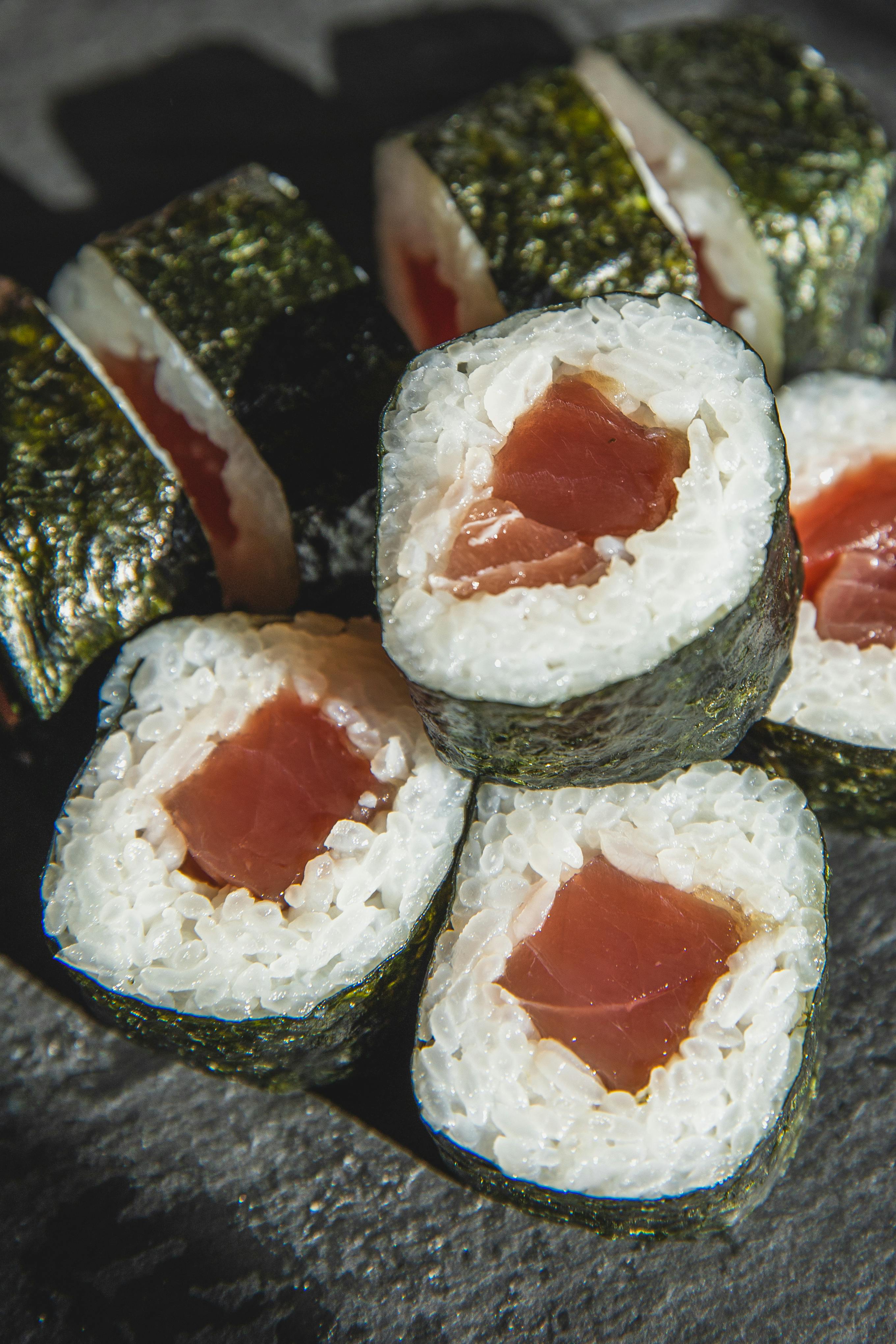How to Properly Grill Steak on a Gas Grill
Grilling steak is an art that combines skill, knowledge, and the right techniques to achieve that mouth-watering flavor and perfect doneness. Whether you're a first-time griller or an experienced chef, understanding how to grill steak on a gas grill can elevate your outdoor cooking experience, especially as trends evolve in 2025. From choosing the best cuts of steak to mastering the grill temperature, these essential tips will guide you every step of the way.
Why grill steak? Aside from the delicious taste, grilling offers a unique way to prepare meat that enhances flavors while sealing in juices. As you embark on your grilling journey, expect to learn about marinating techniques, the importance of resting grilled steak, and how to achieve the perfect sear. This article aims to cover all these aspects, ensuring you create flavorful, juicy steaks that will impress family and friends.
To make the most of your grilling experience, we’ll explore the best steak for grilling, grilling techniques for perfect steak, and common mistakes to avoid. Whether you’re looking to grill ribeye, flank, or filet mignon, you'll find actionable tips. Let's dive into the essential aspects of grilling steak perfectly on a gas grill.
Choosing the Best Steak for Grilling
Building on our introduction, the first step to grilling a perfect steak begins with selecting the right cut. Some of the best cuts for grilling include ribeye, strip steak, and filet mignon. Each cut has unique flavor profiles and tenderness, making them ideal for different grilling styles.
Popular Cuts for Grilling
Ribeye steaks are renowned for their marbling, resulting in a juicy, flavorful bite. Strip steaks, often referred to as New York strips, offer a balance of tenderness and flavor, making them a popular choice. Meanwhile, filet mignon is favored for its tenderness and lean profile, perfect for those who enjoy a milder taste.
Understanding Steak Thickness
The thickness of your steak significantly affects grilling time and techniques. Thicker steaks (about 1.5 to 2 inches) benefit from indirect heat methods, while thinner steaks can be grilled over direct heat for that perfect sear. Learning to balance steak thickness with your grilling technique ensures evenly cooked meat.
Exploring Marinades and Seasonings
Marinating steak not only adds flavor but also helps tenderize the meat. Simple marinades can include oil, vinegar, and your favorite herbs and spices. For a quick marinade, consider using garlic, soy sauce, and red wine. Remember, the marinating time can vary; a few hours may suffice for tender cuts, while tougher cuts can benefit from longer marination.
Perfecting Gas Grill Setup and Temperature Control
Once you've chosen your steak, the next vital step is mastering your gas grill setup. This includes understanding how to preheat your gas grill properly and managing temperatures for grilling steak.
Preheating Your Gas Grill
It’s critical to preheat your gas grill to ensure a good sear on your steak. Heat your grill to high (around 450°F to 500°F) before placing the steak on it. This high heat helps achieve those coveted grill marks while locking in juices.
Gas Grill Temperature Management
Maintaining the right grill temperature is crucial. A gas grill allows for easy temperature control compared to charcoal grills. Keep an eye on the temperature gauge to avoid overcooking. For medium-rare steaks, aim for an internal temperature of about 130°F.
Direct vs Indirect Grilling Techniques
Understanding the difference between direct and indirect heat will help ensure your steak is grilled perfectly. Direct grilling is ideal for thinner cuts, while thicker steaks benefit from indirect grilling, where they are cooked on a cooler part of the grill.
Searing Techniques for Flavor and Texture
With your grill set up correctly, it's time to master the art of searing. Searing your steak adds a wonderfully rich flavor and enhances the presentation with beautiful grill marks.
How to Achieve Perfect Grill Marks
Achieving perfect grill marks is as much about technique as it is about timing. Place the steak on the grill diagonally to the grates and don’t move it for a few minutes. Once the marks form, flip the steak to the opposite side for aesthetically pleasing presentation.
Timing Your Steak Grilling
Grilling time can vary significantly depending on thickness and desired doneness. As a general guide, a one-inch thick steak typically requires about 4-5 minutes on each side for medium-rare. Using a meat thermometer to monitor temperature is essential for achieving the perfect doneness without overcooking.
Resting Grilled Steak for Juiciness
After grilling, resting your steak is crucial. This allows juices to redistribute, enhancing flavor and tenderness. Rest your steak for 5 to 10 minutes, tented with foil to keep it warm, before slicing.
Common Mistakes to Avoid When Grilling Steak
To ensure your grilling experience is successful, avoiding common pitfalls is essential. Here are some typical mistakes and how to navigate them.
Overcooking Steak
Many beginners struggle with overcooking steak, often due to cooking it at too high a temperature or not monitoring the internal temperature. Using a meat thermometer will help you achieve the desired doneness without sacrificing flavor or texture.
Insufficient Seasoning
Another common mistake is not seasoning the steak adequately. While a simple sprinkle of salt and pepper can enhance flavor, don’t shy away from experimenting with various seasoning blends that can complement your steak beautifully.
Failure to Clean the Grill
A clean grill is essential for both safety and performance. Residue from previous grilling can affect taste and presentation, so always clean the grill grates before use to ensure you start with a fresh surface.
Q&A: Grilling Steak Frequently Asked Questions
What are the best cuts of steak for grilling?
The best cuts for grilling include ribeye, strip steaks, and filet mignon, each offering unique flavors and textures.
How can I tell if my steak is done?
Using a meat thermometer is the most reliable way to check doneness: 130°F for medium-rare, 145°F for medium, and so on.
What's the ideal marinade for steak?
A good marinade typically includes acid (like vinegar or citrus), oil, and seasonings. A simple mix of olive oil, soy sauce, and garlic works well.
Do I need to rest my steak after cooking?
Yes, resting your steak for about 5-10 minutes after grilling allows the juices to redistribute, resulting in a juicier steak.
How long should I grill steak for?
Grilling times vary with thickness; about 4-5 minutes per side for a one-inch thick steak is a good starting point for medium-rare.


